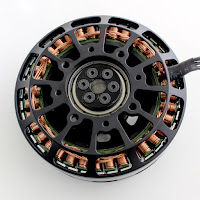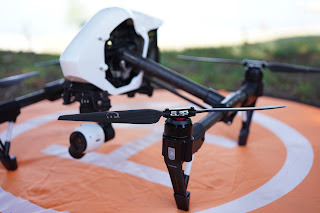Drones in Nature: How UAVs and the Ecosystem Can Help Each Other

Drones are both a whole lot of fun and a worthwhile investment for a growing number of businesses. As both local business people and international corporations look to drones as delivery vehicles or cinematographic tools (and a lot more), scientists and environmentalists are investigating their potential to improve the natural world. Drone designers and manufacturers are, in turn, looking to the natural world for improvements to drones. Whether it means a more efficient drone motor or more versatile drone rotors, nature might be where the next advancements are found. Here are a few examples. Drones Helping Bees Plant life on Earth, wild and cultivated, is incredibly important. Virtually all wild plants and a considerable percentage of the world’s cultivated crops require cross-pollination from insects, bats, and birds to survive. Among the most important and active of the pollinators are bees. Unfortunately, and alarmingly, bees have been suffering considerably from Colony Col





